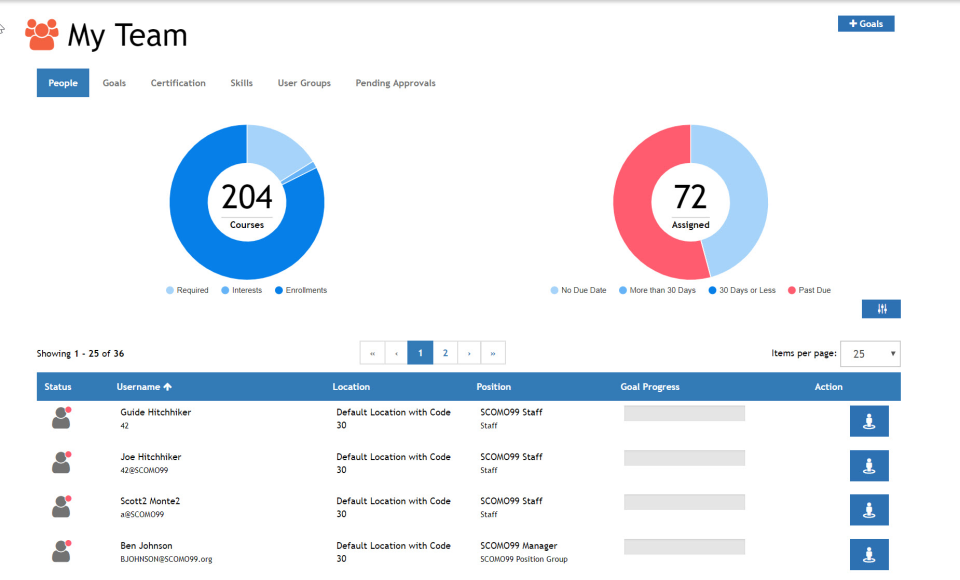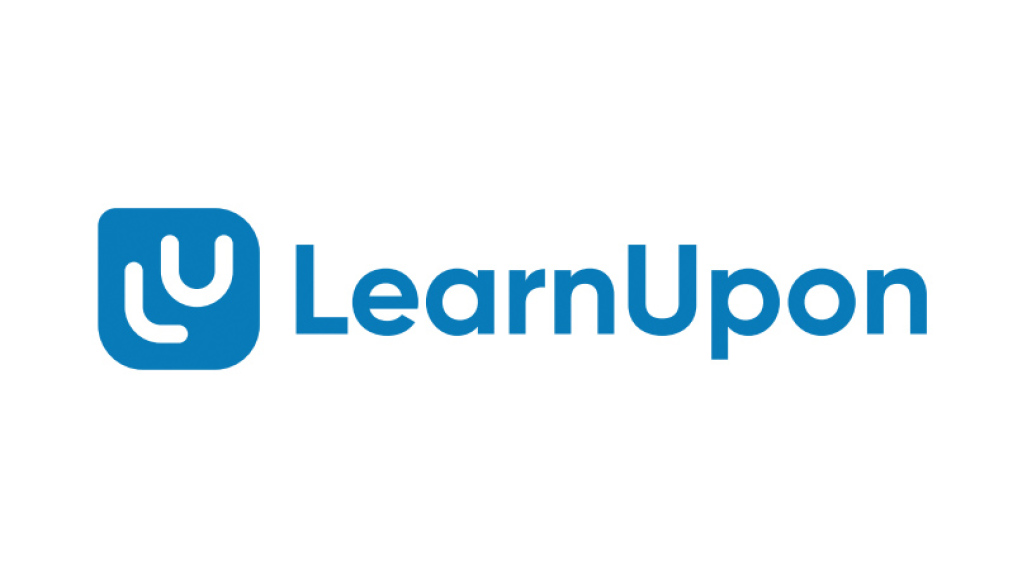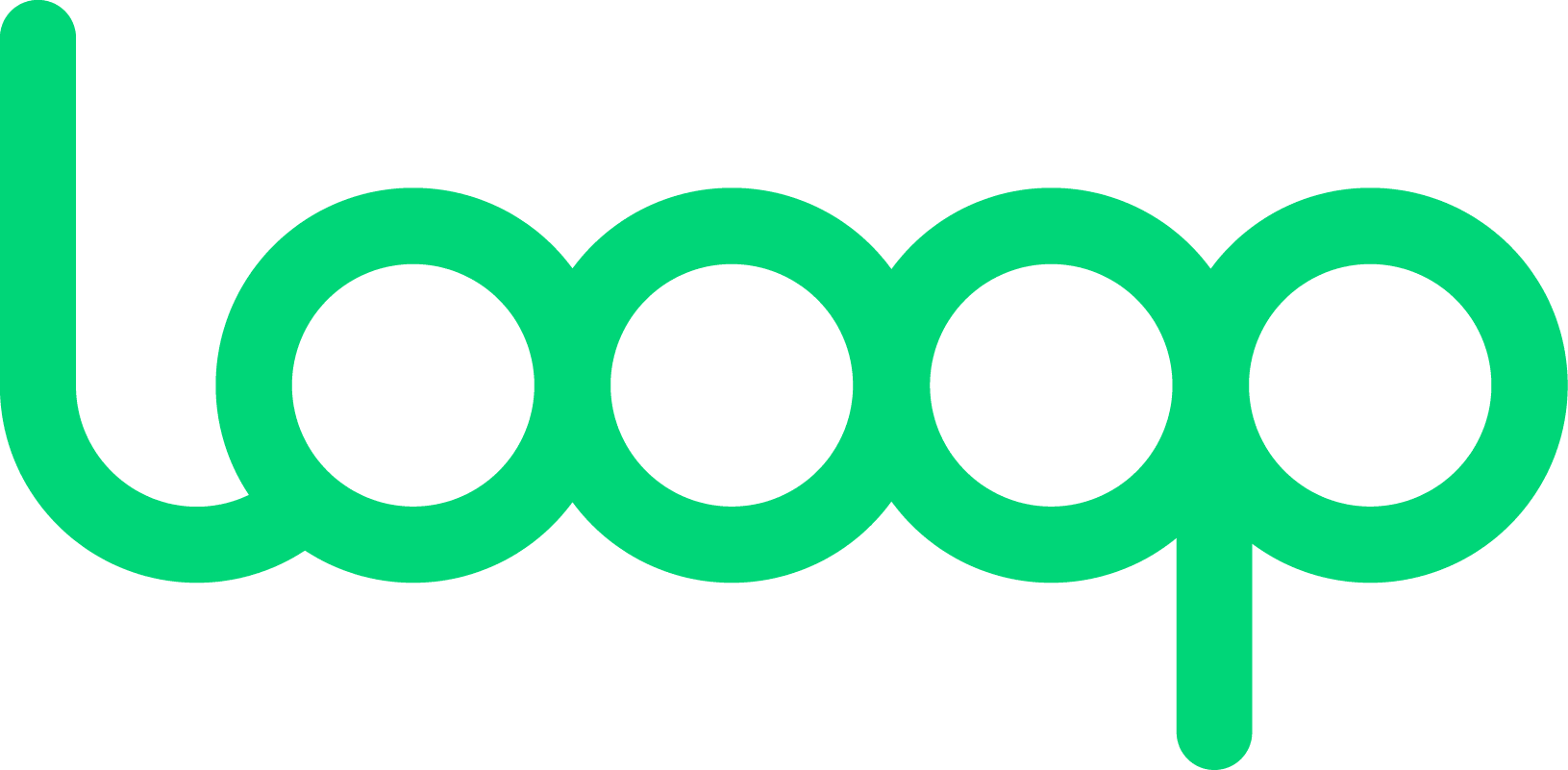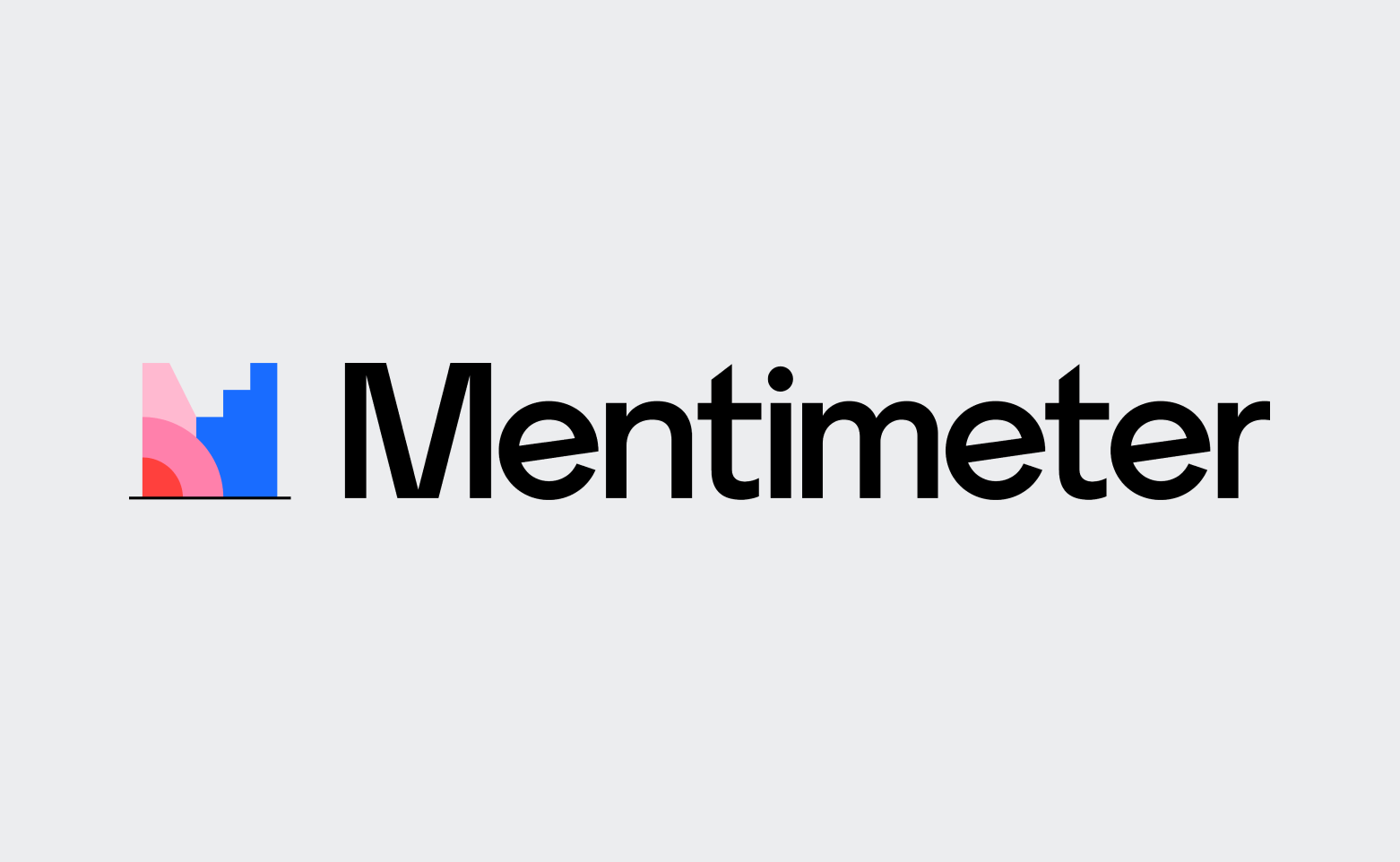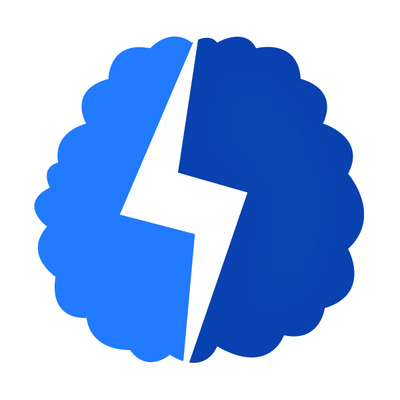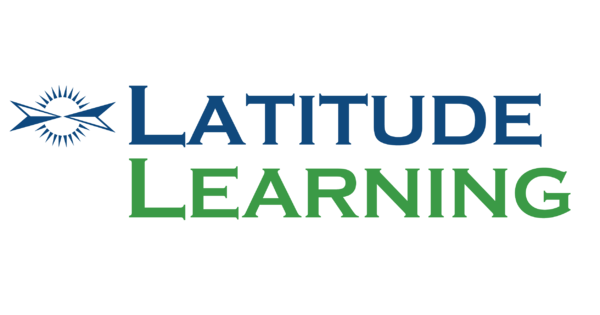
Categories
Problems that solves
Poor communication and coordination among staff
HR management
Low employee productivity
Employee retention
Values
Enhance Staff Productivity
Appraise and Train Staff
Enhance Competitive Ability
LatitudeLearning
The Learning Platform built to help train the people that make, sell, service and use the product of their distribution and supplier network.
Description
LatitudeLearning is a cloud-based learning management solution. It is suitable for businesses of all sizes, across a variety of industries. LatitudeLearning includes modules for message editing, competency management, assessment authoring, configuration, e-learning, e-commerce, user self-registration, subscription management, organization branding, organization content management and user import.
LatitudeLearning configuration tools allow users to configure LMS which includes contacts/profiles organization, content organization and user experience management. While LMS operation tools allow users to manage users, enrollments and track progress.
Courses can be conducted online, led by instructors or self-guided by students. Users can add and edit courses, course catalogs, majors and training providers. Courses can be shared across different course catalogs. LatitudeLearning is customizable, so users can design their own interfaces, have custom web pages, a built-in HTML editor, a stylesheet editor and an image library.
Overview of LatitudeLearning benefits
- Internal & External Learners
When dealing with partner training programs, all employees are not created equal - and therefore should not be treated equal. Partner training programs require a learning platform that won't force you to treat your internal learners as you would each partner's external learners.
- Multi-Role Learners
It's very common for employees to take on multiple roles in an organization. Assuming more responsibility is closely tied to an individual's abilities rather than job title alone. This means two employees with the same job title may need different training. These multi-role learners must be supported within an LMS so that training isn't mishandled.
- Field Organizations
Field support is commonly used among the OEM industry. It's usually structured geographically, meaning different partners receive different field representatives in terms of personnel and services. Field organization structures need to be supported within your platform.
- Brands
When using a partner learning platform, it's important the system can support branding. Your partner's staff can be defined naturally without system interruption - using generic terms like sales person and technician versus brand A sales person or brand B technician. This logic is beneficial when designating brands, especially as multi-brand carrying partners can be complicated to express in an HR LMS.
- Multiple Locations
It's customary for a partner in a partner network to own multiple locations. It's essential that these types of partners have seamless access and functionality to all of their location's training without having to log into multiple environments with multiple login IDs.
- Channel training-specific
Channel training presents its own dynamics and problems, namely: 1) Learners are unknown; 2) No management control over training; 3) Learners are located in different locations; 4) Learners have different learning environments. LatitudeLearning seeks to address these issues with its channel training-specific Channel Performance Roadmap. It includes partner onboarding that empowers your partners to manage their own learners under your guidance and course paths.
- End-to-end support
The vendor provides support from onboarding to maintenance. These include identifying training program types that match your needs and evaluating measurable goals, workflows and strategies. Support also includes regular checkups, updates and administrative support.
- Open development
The vendor allows you to participate in suggesting, developing and introducing new features to the LMS. Using a transparent process, the vendor’s product development team may hear your ideas where merited, conduct a voting process for priorities and even invite you to funding to expedite development specific to your needs. You can also participate in backend coding (terms may apply) and beta testing for LMS enhancement.
- Engaged learners
The LMS lets you develop a catalog of courses that training admin and learners can choose from to match their knowledge gaps. You can also build a community within the LMS space where learners share ideas and knowledge. Likewise, goals can be incentivized to prod both training administrators and their learners to finish your training program.
Scheme of work
